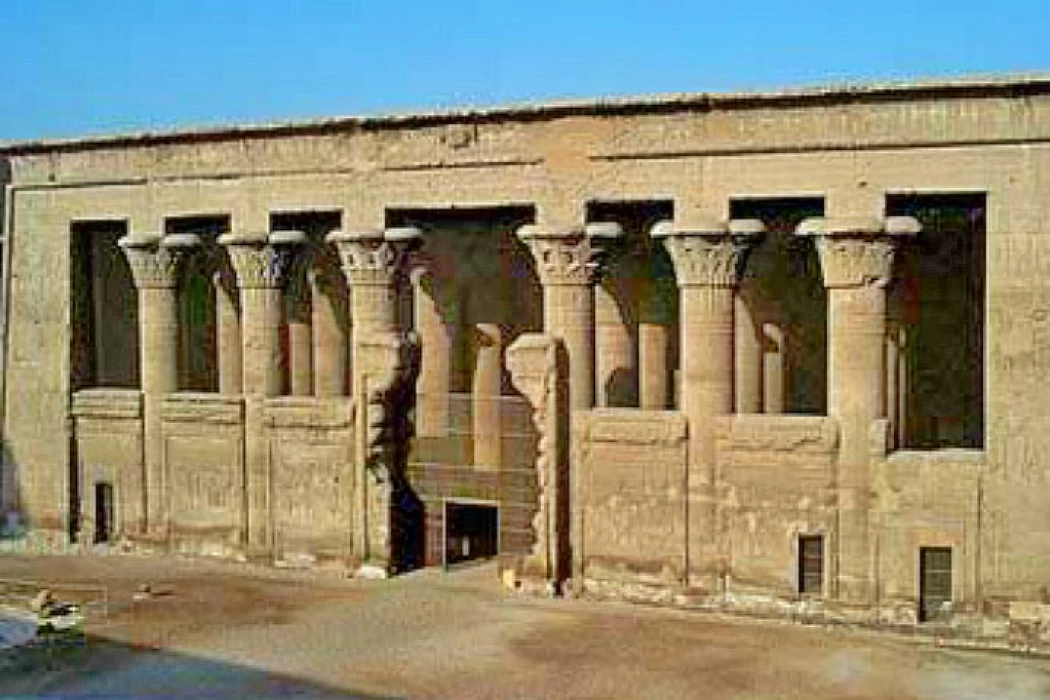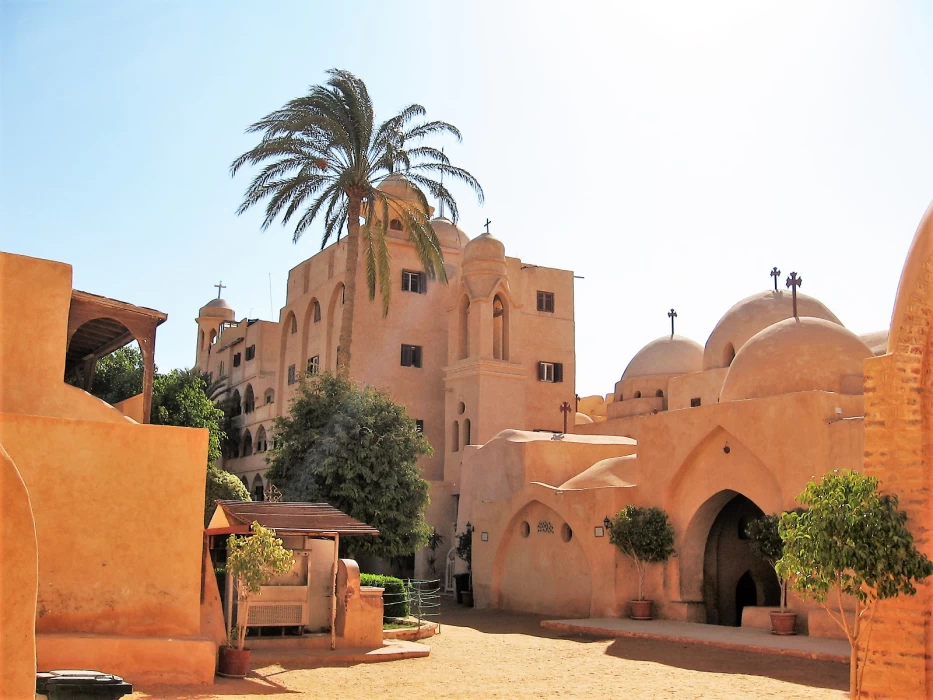Admin
Abydos Temple of Osiris
The temples of Abydos were the center to worship of many Gods, and those temples are famous for the number of tombs that were founded in 1895 AD, which are to the first and second dynasties. So that has some differences in its architectural design.
Admin
Fayoum's Hidden Gem of Adventure
Discover Wadi Al-Rayyan in Fayoum, a popular destination filled with scenic lakes, enchanting waterfalls, unique geological formations, and a variety of activities like safaris, swimming, sandboarding, and wildlife watching.
Admin
Beni Hassan Tombs in El Minya city
One of the most significant tourist destinations and archaeological sites in Upper Egypt is the Bani Hassan region, which lies south of Minya. It's an archeological site with a tomb from the ancient Egyptians. It is situated in the Middle Egypt region, which stretches as "Mit Rahina" between Assiut and Manf, 20 kilometers south of the city of Minya.
Admin
Temple of Khnum at Esna
The temple of Khnum in the city of Esna, south of Luxor. It is the only one remaining in its state of the ancient temples of Esna, which exceeded the number 4 and is considered one of the most important tourist destinations for its uniqueness.
Admin
The Hawara Pyramid Archaeological Site
The pyramid of Hawara, southwest of Cairo, is a pyramid built by the pharaoh Amenemhat III after the collapse of his first pyramid, which he built at Dahshur. This pyramid was also built with mud bricks and then clad from the outside with limestone.
Admin
Tuna El-Gabal Village
sand hid their features and the air temperature affected the walls of their houses, which seemed to be about to collapse completely. It is the village "New Tuna Al Jabal" in southern Minya, a dream that sank into the desert sands, so passersby in the city of Mallawi, south of Minya Across the road from the western desert, sees it as if it were buried in the sand.
Admin
The Ruins of Tanis in Egypt
The Tanis ruins rise at the northeastern extremity of the Nile Delta. It is rather overrun by tourists due to its greater than 70-kilometer distance from Zagazig, which is already quite far away. Tanis has emerged as one of Egyptology's most astonishing finds, serving as a significant tomb during the final centuries of Pharaonic civilization. There's more to explore on Cairo Top Tours!
Admin
The Monastery of Baramus | Coptic Attractions
The Monastery of Baramus, a 4th-century Coptic Christian monastery in Wadi El Natrun, Egypt, is renowned for its stunning architecture and serene desert setting. It houses ancient manuscripts and religious artifacts, reflecting the rich spiritual heritage of Coptic Christianity. The monastery serves as a spiritual retreat for monks and visitors, offering insight into early Christian history and attracting visitors interested in history, religion, and architecture.
Admin
El-Ashmuneim (Ancient Hermopolis)
Hermopolis, also known as El-Ashmunein, is an ancient city in Egypt, renowned for its temples dedicated to the god Thoth. It was a hub for trade and culture during the Hellenistic and Roman periods. Archaeological discoveries reveal impressive ruins, burial sites, and artifacts, providing insight into the daily lives and beliefs of its ancient inhabitants.
Admin
The Muharraq Monastery in Assiut
The Monastery of Our Lady is one of the most important monasteries, Christian shrines and Coptic monuments in Egypt, as the Holy Family came to it while fleeing Palestine to hide from the persecution of King Herod, who was seeking to kill Jesus Christ. The monastery is known by several names, most notably 'The Monastery of the Virgin Mary', due to the stay of the Holy Family, the Virgin Mary, her son Jesus Christ and Joseph the Carpenter, during their escape from Palestine and their flight to Egypt.
Admin
Sannur valley Cave protectorate
Wadi Sannur Cave, located 70 kilometers east of Beni Suef, is a unique geological masterpiece in Egypt. Discovered by chance during marble exploration, the cave features glacial streams carved from the ceiling. Known as the third site in the world, it is a unique geological masterpiece and a significant tourist attraction due to its proximity to Cairo.
Admin
Al-Suryan Monastery - Holy Family in Egypt
The Monastery of the Virgin Mary the Syrian is considered one of the oldest monasteries in the history of the church, dating back to approximately the fifth century AD, as various sources indicate. The old fortress is located to the right of the entrance to the monastery, although it has been restored.


























